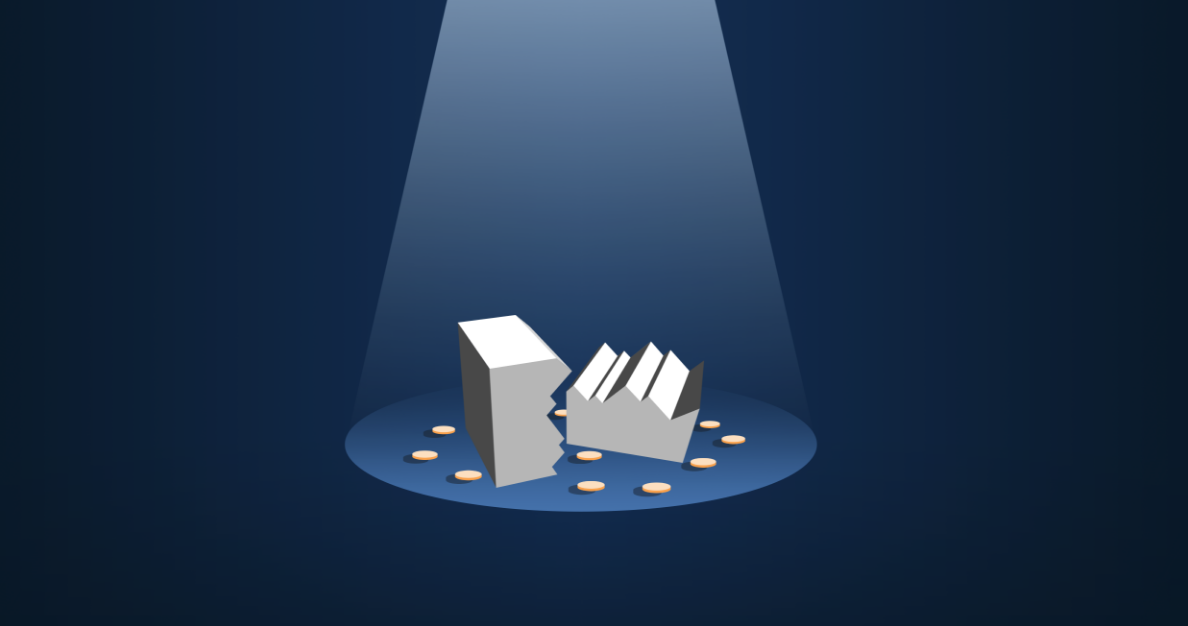
Where were you the first time the block reward halved? November 2012: the ‘before times’, long preceding the date most present-day Bitcoiners joined the community. For many, 25 coins per block has always been the norm. In less than a month however, this all changes. As we approach July, Bitcoin will mature into its second halving, reducing the number of coins rewarded per block to 12.5 BTC.
So what is the halving, and what will it mean for the future of Bitcoin?
Why does the block reward halve?
Bitcoin has a finite supply of 21,000,000 coins, designed to be released at a set rate over time. In order to enforce the 21m coin rule, Satoshi’s code decree’d that the block reward would reduce by 50% every 210,000 Blocks, or approximately every four years. By this schedule, the Block Reward will be reduced to nothing sometime around the year 2140.
November 28, 2012:
Bitcoins first halving came at an interesting moment in our early history. The Bitcoin Foundation had only just been formed, SatoshiDice accounted for over half of all transaction volume, and major online institutions (like WordPress) had only just begun to openly embrace digital currency. This quiet visibility gave Bitcoin a boost in legitimacy, as thousands of new users began to trade.
Two months after the halving, BTC had risen to its highest point in two years, attaining an all-time-high of $32. By March, the price had more than doubled. A month later, it doubled again, and again. It would go on to top $260 within five months; a 5,000% rise in value.
Bitcoin Halving Day, 2.0:
Are we set to re-experience the meteoric good fortunes of 2012? Both Bulls and Bears have chimed in, expounding both excitement and apprehension, respectively.
The Bulls say:
Happy days are here again! The price is already surging, as China falls back in love with Bitcoin, and good news abounds for our currency all over the globe. Adding to the present fervor, the halving will reduce the number of coins readily available, creating a greater scarcity as users new and old secure their investments. The environment in which Bitcoin exploded four years ago is being recreated, much to the delight of those smart enough to buy and (more importantly) hold Bitcoin before July.
The Bears say:
Not so fast! We may be headed for a disaster. Though Bitcoins price has risen to two-year highs in recent days, the current value is no where near enough to sustain profitability for a significant portion of miners. Faced with losses, due in part to electricity costs, thousands of miners will turn off their machines once the subsidy halves.
This mass exodus would lead to a shocking drop in difficulty, which some believe could cease the discovery of new blocks. Transactions would no longer be confirmed, leading to a complete halt of the blockchain, a possible hard fork, and tears for anyone still stuck in Bitcoin, when it inevitably crashes.
The Future:
The most likely scenario is that neither extreme will come to pass. Cooler heads have pointed out that miners were faced with a similar scenario four years ago, and they did not abandon the network. They prevailed through a few hard months, and soon reaped the rewards for doing so.
Nor do many believe that we should expect price multiples of 10x or 20x in the short term. Likely, the anticipated rise has already been somewhat built-in, during the bull run of the past few weeks. However, it is fair to speculate that if the current trend persevere’s through recovery and beyond, the price may rise to never before seen heights in the not-so-distant future.
There are no assurances in Bitcoin. In a community where anything can happen, the best advice is to hold only what you can afford to lose, keep a close eye on the charts, and enjoy the ride.
